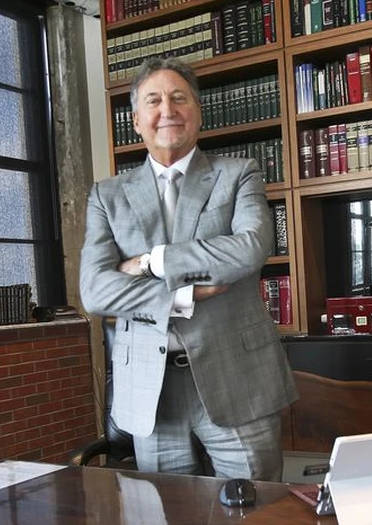 |
| Patrick J Ducharme |
In R. v. St-Cloud the accused was charged with aggravated assault. The incident giving rise to the charge was captured on a video recording system. The video demonstrated that the accused and two others assaulted a bus driver. In addition, there was eyewitness testimony. It was inarguable at the time of the bail hearing that the Crown’s case was strong since the incident was videotaped and the videotape was augmented by eyewitness testimony.
Continue reading “R. v. St-Cloud and the Tertiary Ground of Bail”


